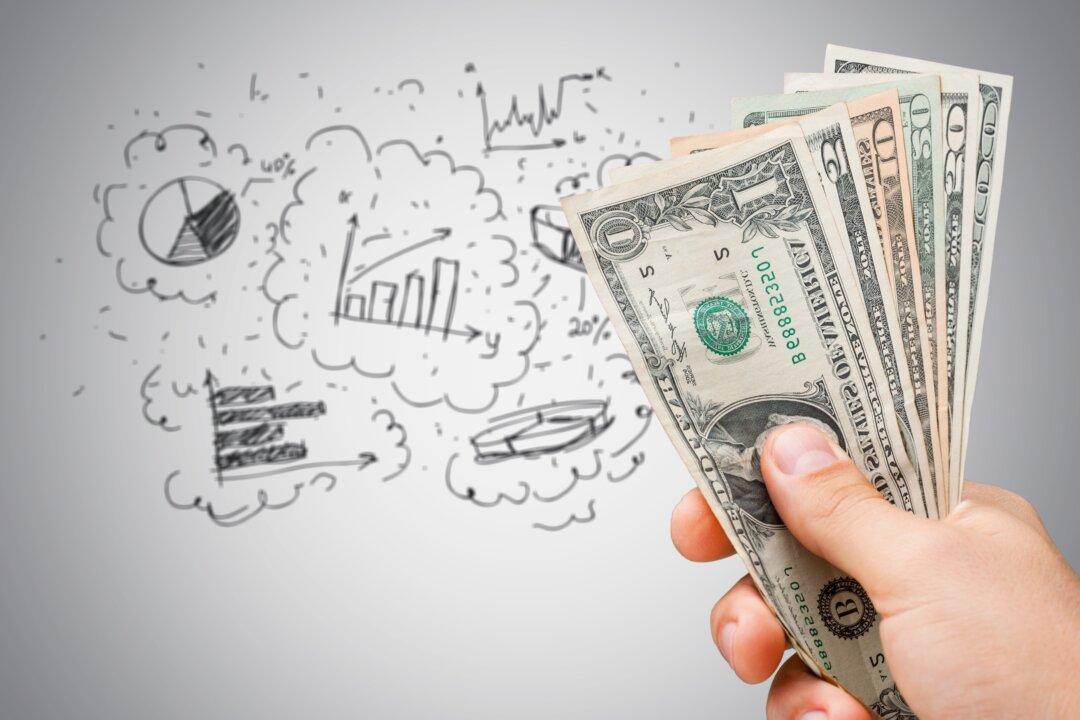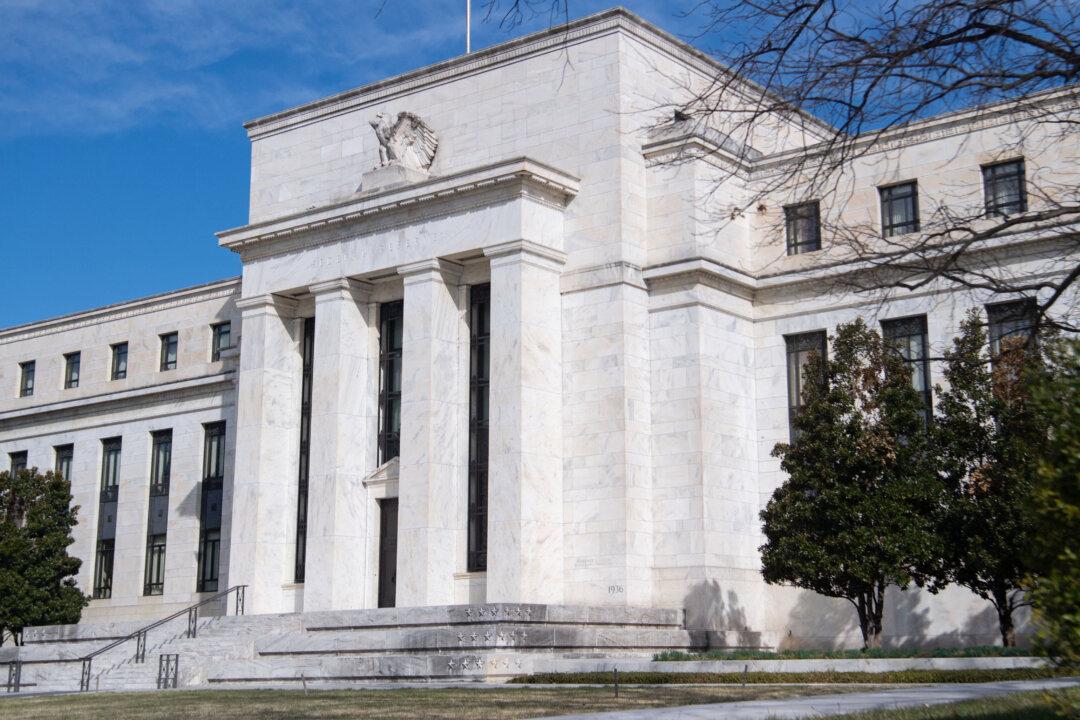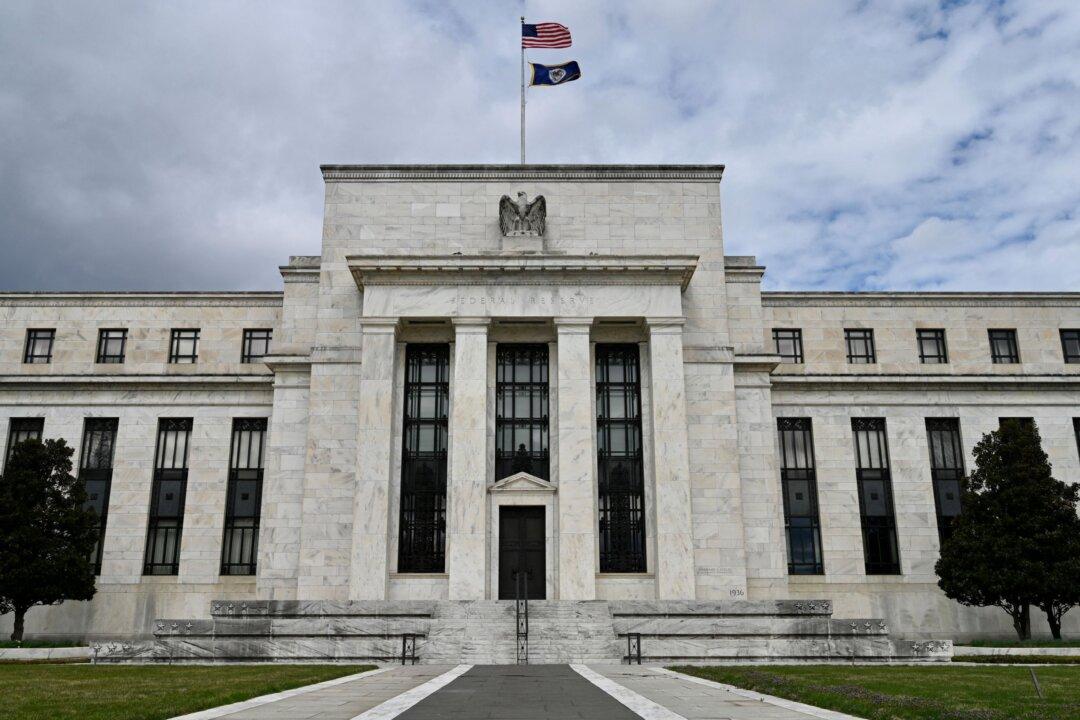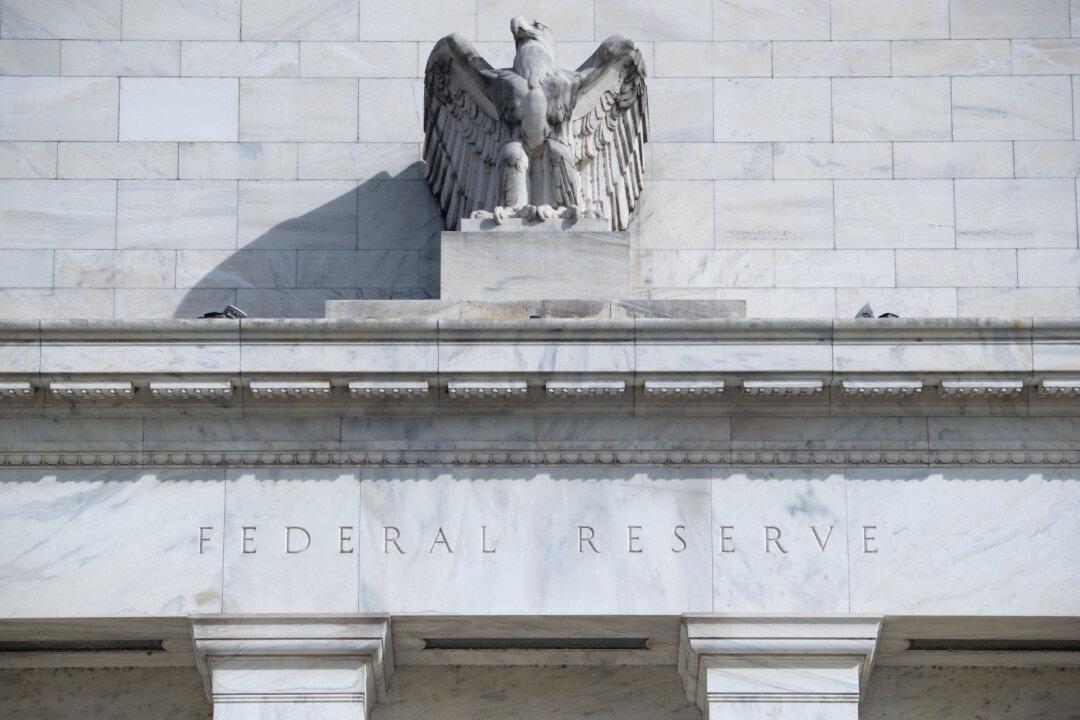Commentary
Recently, the Administration started taking a victory lap on deficit reduction. Of course, the deficit remains the bully-pulpit of fiscal conservatives, so going into a midterm election, it is not surprising to see it used for political advantage.




